The Collections from A to Z
Collections of the Humanities and Social Sciences
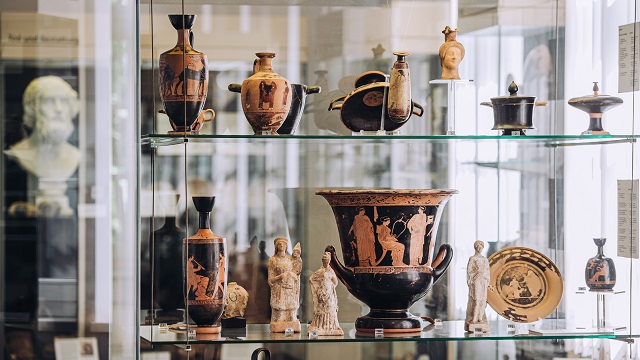
Antiquities Collection
The collection of over 5,000 specimens covers a broad spectrum and includes, in addition to the large coin collection, primarily antique vases from various periods and artistic landscapes, Greek and Roman terracottas, Etruscan body part votives, and Roman glass.
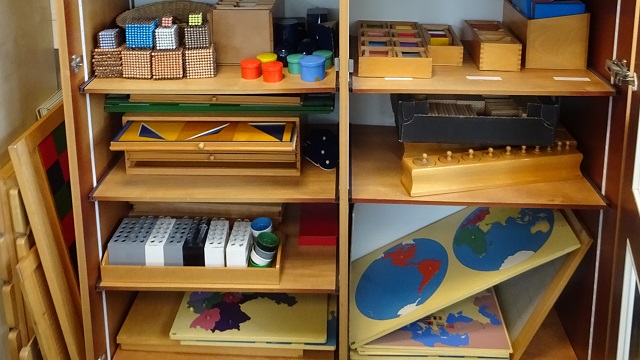
Education Workshop
The education workshop with a Montessori collection is designed as a permanent working and learning environment for the study program 'Childhood Education'. It is used for seminars, research projects, and self-study.
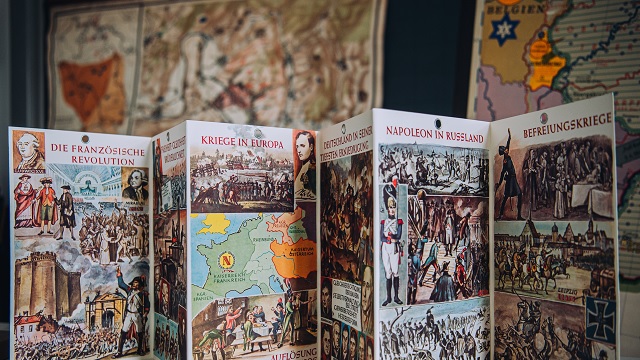
History Education Collection
The chair owns an extensive collection of historical educational media for teaching history. It contains various formats: films, audio tapes, slide series, murals, and history wall maps. Moreover, there is a large stock of textbooks.
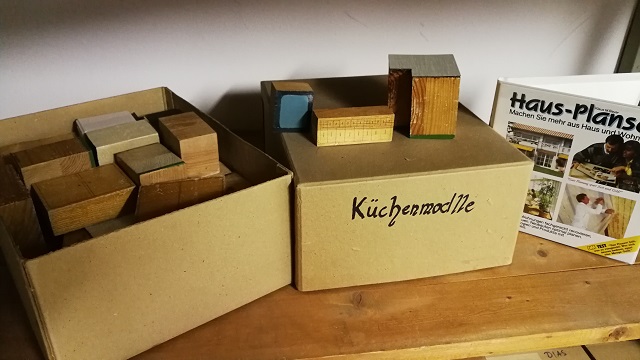
Home Ecology Collection
This teaching collection includes object and picture cards on the subject of housing formats with more than 4,000 photos. It is used to understand the motivations of housing, to research them scientifically, and to improve current housing conditions.

Learning Disability Education
Learning workshop of the Institute of Special Needs Education and Inclusive Education (IFIB)

Media Library of Applied Theater Studies
The collection includes videos and DVDs, which can be viewed during the opening hours of the institute at Gutenbergstrasse 6. Borrowing is generally not possible since all available media are reference stock. The stock of the media library is listed in the OPAC of the library system of JLU and can be searched there.

Musicology Media Library
The media library of the Institute of Musicology and Music Education offers an extensive collection of sound recordings, videos, and sheet music that can be used on site.
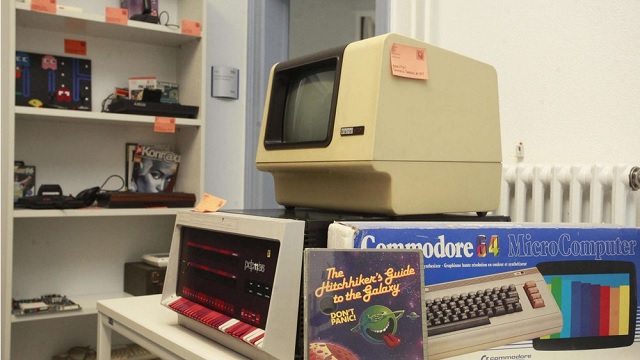
PC and Console Collection at ZMI
At ZMI there is a small collection of historic computers and gaming consoles from the 1980s and '90s.

Seal Collection
This collection in the Department of History belongs to the two chairs of Medieval History and Comparative German Regional History. It includes about 60 casts and reproductions of medieval seals that were used to authenticate documents.

Specialized Journalism History: Media Library
Media library on the history of specialized journalism—film and television database
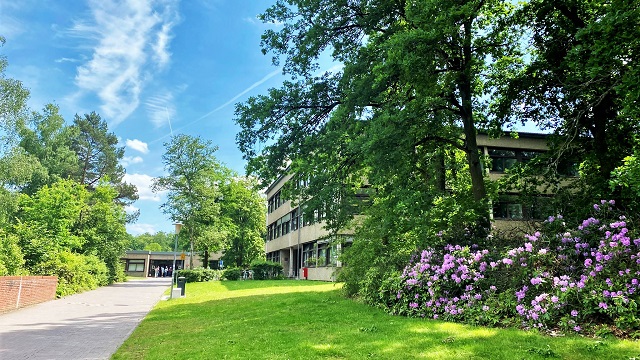
Speech Therapy Education: Remedial Workshop
Used in research and teaching. The materials are recorded in a database.
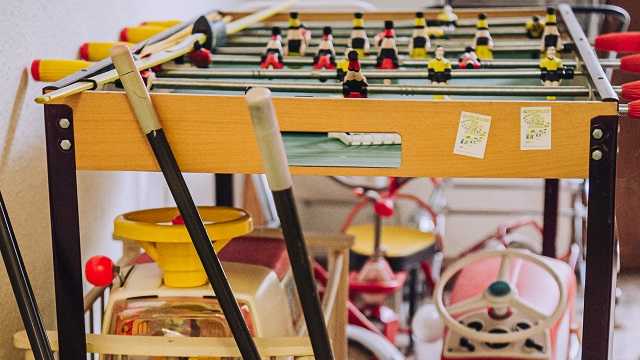
Toy and Craft Collection
Since the collection contains not only classic toys and board games but also paints, modeling clay, and other materials, the name 'toy and CRAFT collection' was chosen. This is one of the very few university collections that even has toys, and it was considered the largest in the FRG.
Collections of Natural and Life Sciences
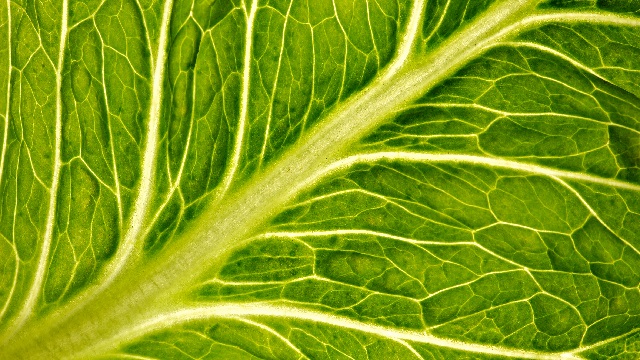
Alcohol Specimens of Botany
The alcohol and dry specimen collection is one of the few still actively used collections of this kind in Germany. It is not a research collection but a pure teaching collection and comprises about 300-500 specimens.
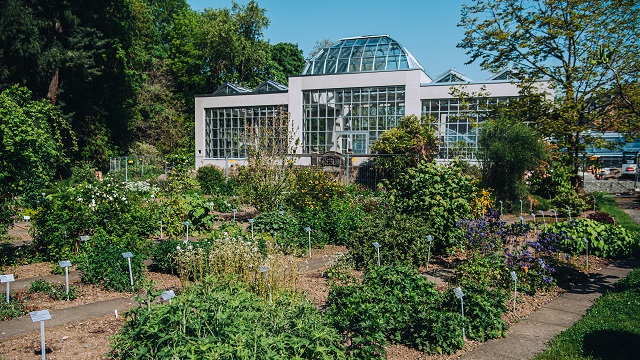
Botanical Garden
The botanical garden is an institution of the Faculty of Biology and Chemistry and is the oldest existing institution at JLU (since 1609). About 7,500 plant species from all over the world are cultivated on an area of about three hectares. It is a research and teaching garden.
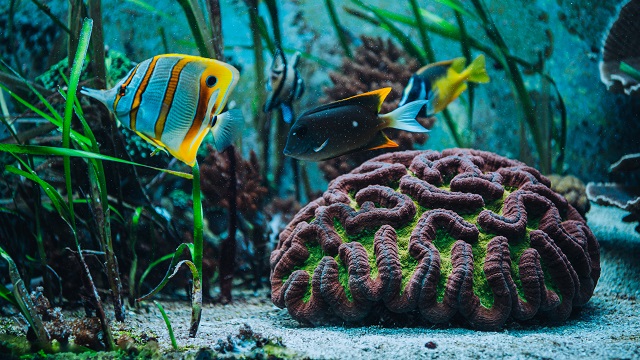
Coral—Live Collection
The coral facility contains about 8,000 liters of seawater. The inventory contains about 50 different species. There are over 1,000 living colonies and coral fragments. The collection also serves as a reception center for organisms confiscated at Frankfurt Airport.
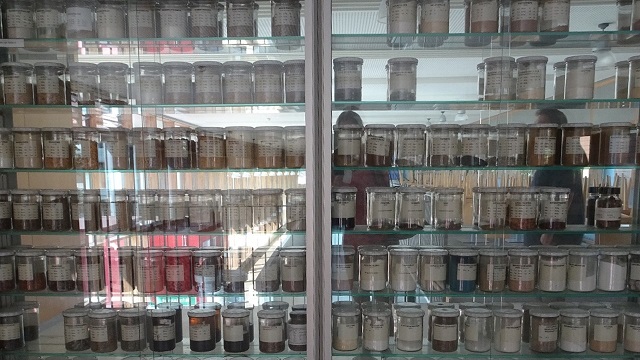
Fodder Collection
Fodder collection in the Department of Animal Nutrition and Nutrition Physiology
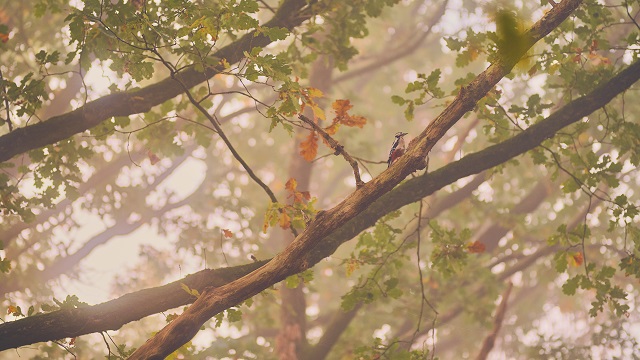
Forest Garden
The Academic Forest Garden on Schiffenberg was founded in 1825 as an independent institute for teaching forestry. It is considered the teaching and experimental garden of the oldest university forestry institute in the world. Although a very special gem, this particular garden has almost been forgotten.
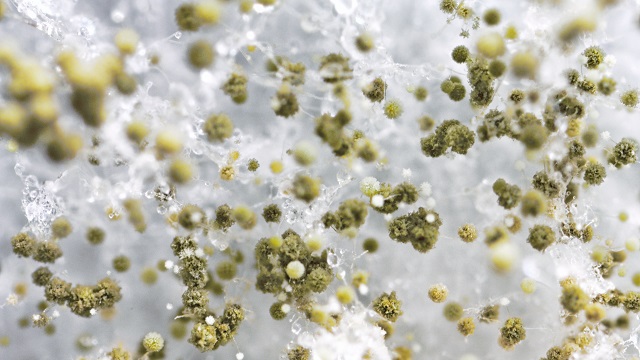
Fungus Collection at the Institute of Food Chemistry and Food Biotechnology
The research of the Institute of Food Chemistry and Food Biotechnology bridges the gap between food chemistry phenomena and industrial applications.
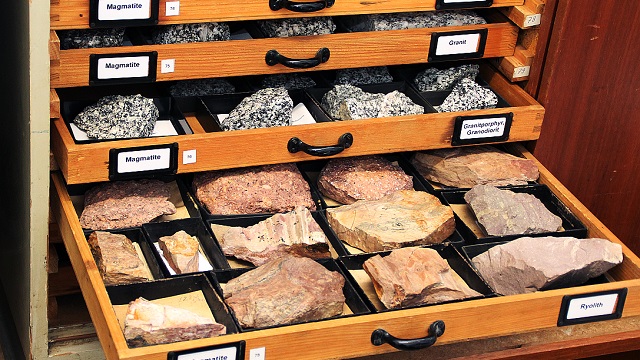
Geography Rock Collection
Rock Collection for teaching in the Department of Geography (Schlossgasse 7) with an offshoot in Geography Education in Philosophikum.
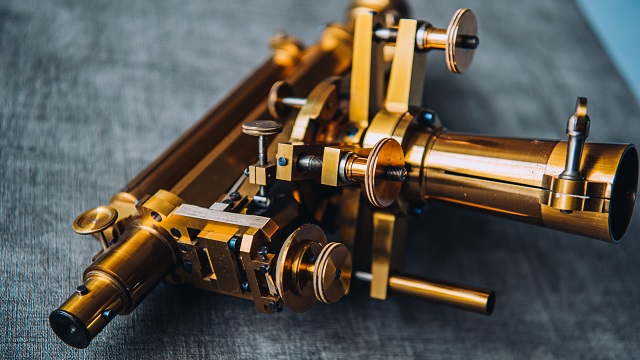
Geomatics Collection
The geomatics collection is located in the Hermann Hoffmann Academy. It currently comprises around 100 historic geomatic instruments such as theodolites, levels, telescopic sights, a heliotrope, and other equipment from the 19th and 20th centuries.
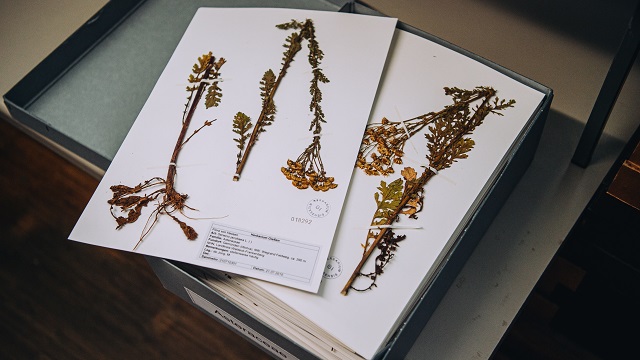
Herbarium
The collection comprises about 25,000 specimens. The focus is on the flora of Hessen and especially of Giessen. Although the original herbarium was destroyed during World War II, the current holdings include three historically important herbaria from the 19th century.
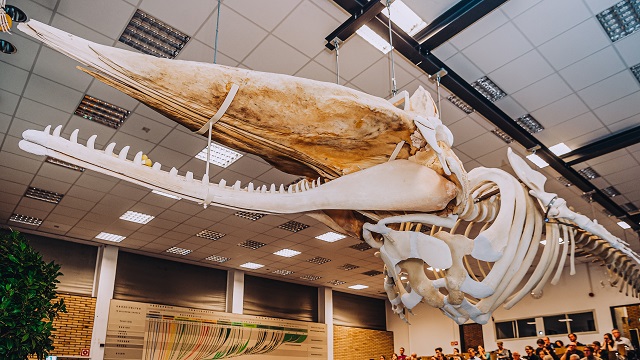
Hermann Hoffmann Academy
The Hermann Hoffmann Academy is a place for learning and teaching, where young researchers can discover scientific topics and students have the opportunity to directly apply and test skills they have learned.
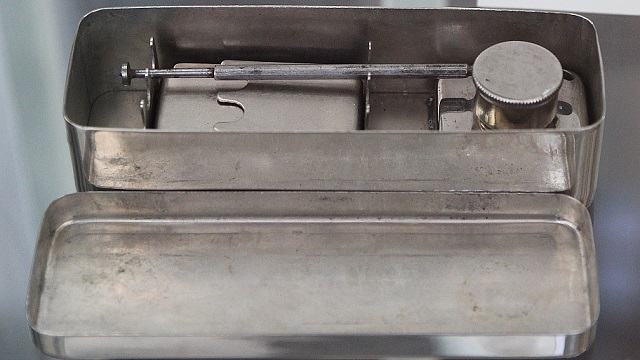
Historic Medical Instruments
A collection of historical medical instruments and books. Some of the objects are exhibited in showcases at the Institute of the History of Medicine.
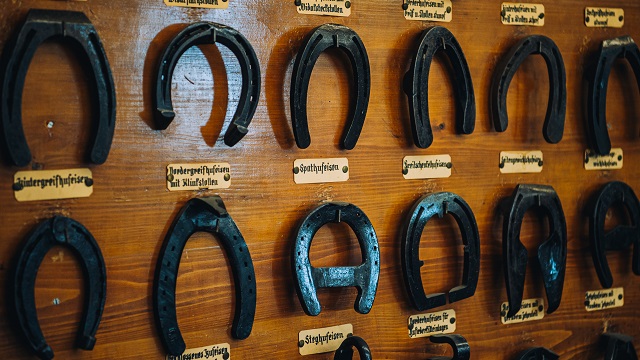
Horseshoes at the Teaching Forge of the Equine Clinic
The collection includes hoof and claw specimens in the form of horn capsules, bone specimens, formalin specimens, plaster/plastic models, horseshoes, wall charts, billboards, display cases with tools and stud models, plastic shoes, and insoles.
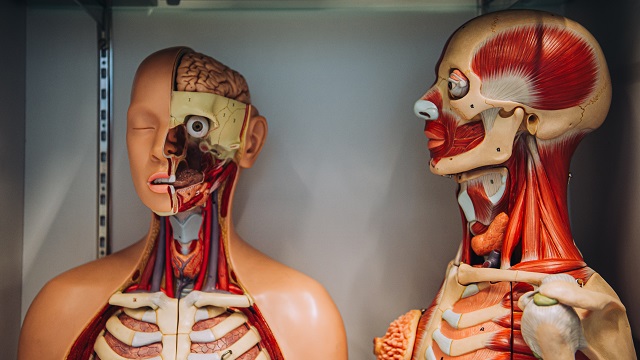
Human Biology Collection
The objects are used to teach the evolution of man. There are replicas of hominid skulls, primate skulls, human skulls with pathological changes, etc. There are also early tools (hand axes, etc.) and art from prehistoric times.
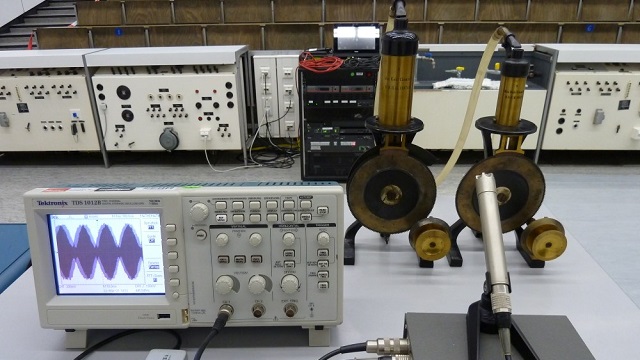
Lecture Collection of Experimental Physics
The lecture collection has a wide range of demonstration experiments, including measurement and units, mechanics, mechanics of deformable bodies and media, thermodynamics, electricity and magnetism, oscillations and waves, optics, and modern physics.
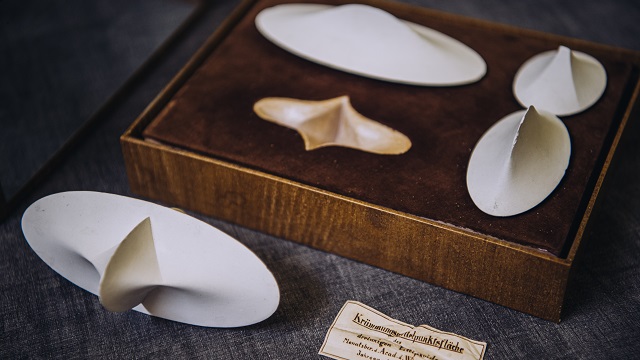
Mathematical Models
The collection of mathematical models includes 72 historical plaster, wood, and wire models dating back to 1862. JLU's Mathematical Seminar and its collection has a very close connection to the participatory museum Mathematikum in Giessen.
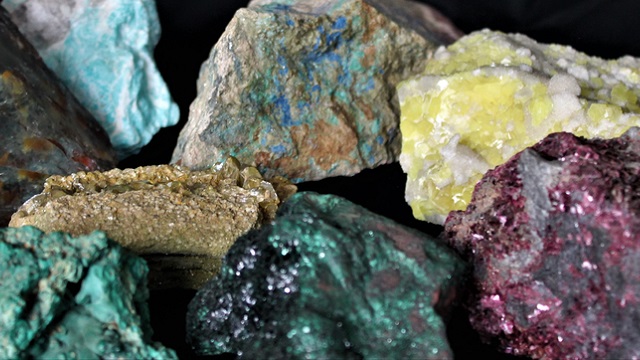
Mineral Collection of Chemistry Department
The chemistry department established an extensive mineral collection in the 1960s. The Hermann Hoffmann Academy took it over in 2021. They are now working on it as part of student exhibitions.
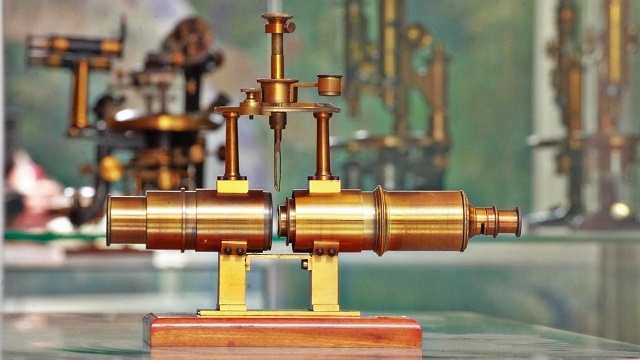
Mineralogical–Petrographical Collection
Since 1819 there has been a chair of Mineralogy at the University of Giessen. A total of ten historical crystallographic instruments from approx. 1850-1920 can be viewed in the Hermann Hoffmann Academy.
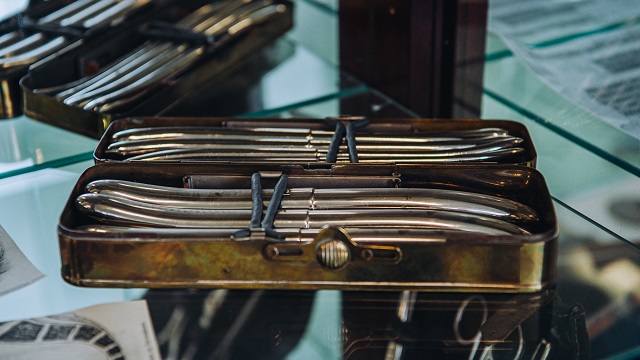
Obstetrics—A Historical Collection
There is an extensive gynecological–obstetrical collection at the Women's Clinic of Giessen's University Hospital. It includes instruments and devices used in surgical obstetrics, as well as original books on midwifery.
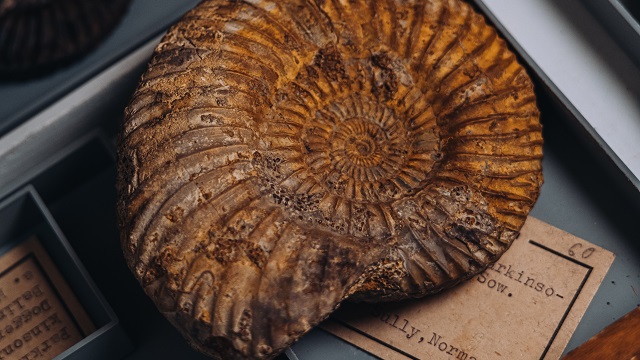
Paleontological Collection
The focus of the collection, which was rebuilt after the Second World War, is on Giessen's landscape. The Hermann Hoffmann Academy has been able to take over the collection. In the future, it will be refurbished and suitably presented.
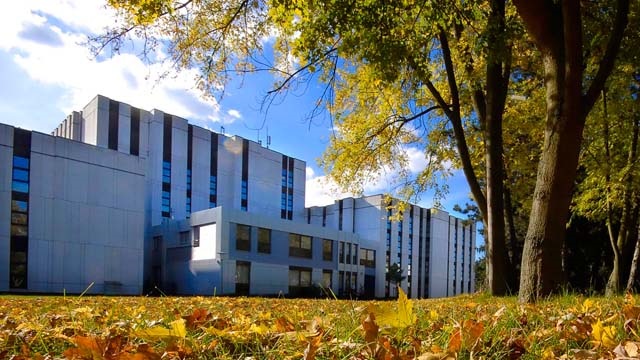
Psychology Test Center
Test center of the Department of Psychology: A collection of test materials is maintained in Faculty 06 under the name 'Testothek' to support research and teaching.
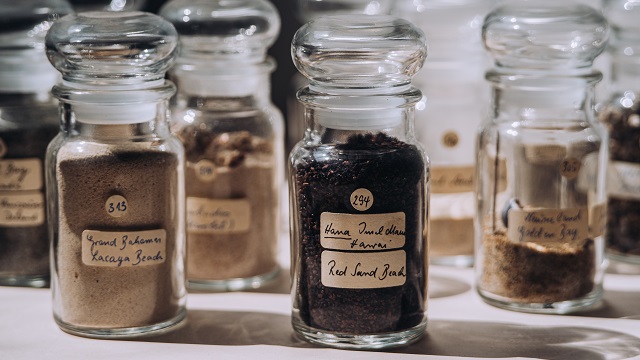
Sand Collection
Initially, the base stock consisted of more than 700 sand samples from private ownership. In February 2023, the holdings of the former German Sand Museum were added. The collection comprises more than 23,000 samples, some of which come from areas that are difficult to access or no longer accessible at all, including from the deep sea.
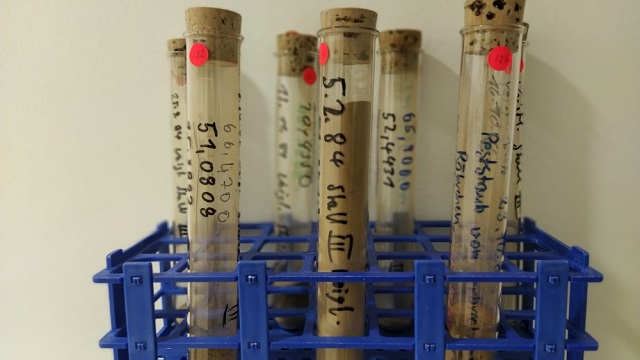
Stable Dust
The collection contains more than 900 barn dust samples from livestock farms, about two thirds are from pig farms, the remaining samples from cattle and poultry farms. It has been and continues to be the subject of scientific investigations, including in the field of residue analysis and antibiotic resistance research.
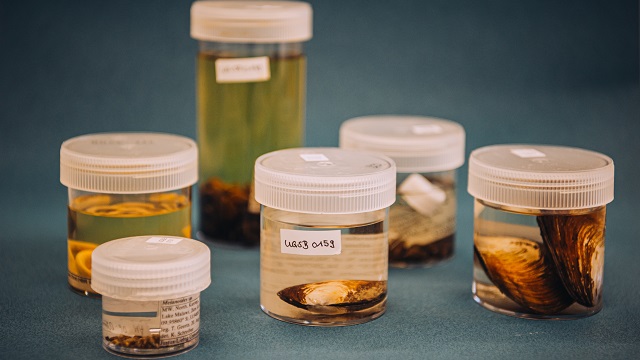
University of Giessen Systematics and Biodiversity Collection (UGSB)
This is a primarily DNA-based collection of isolates, tissue samples, and whole organisms of mainly mollusks and other invertebrates. It contains the largest number of DNA samples for aquatic mollusks in the world.
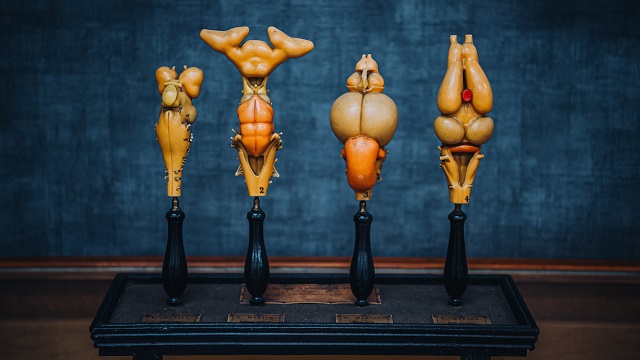
Veterinary Anatomy Collection
The specimen collection in the Institute of Veterinary Anatomy consists of 1,575 objects: 500 wet specimens, 500 dry specimens, 60 models made of plaster, wax, wood, and/or plastics, about 40 historical books, 475 teaching charts, equipment, and instruments. It is used in teaching.
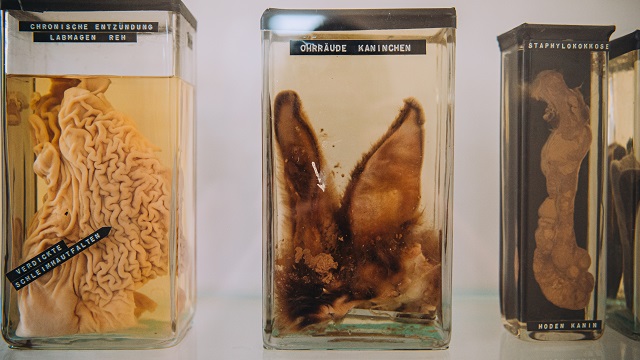
Veterinary Pathology Collection
Prof. Dr. Adam Olt, who is regarded as the founder of wildlife pathology, built up a rich collection of wildlife pathological specimens from 1902 onwards. The main parts of the collection survived the turmoil of the war and post-war period and are now open to the public.
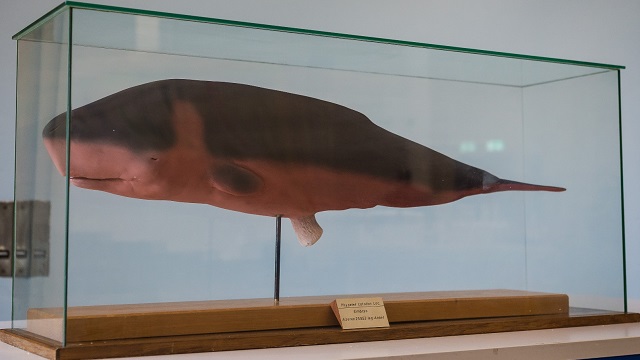
Zoology Collection
The zoological collection of Justus Liebig University comprises mostly native animals, which the taxidermist who was still working at the institute at that time collected and prepared from the 1960s to 1980s. However, more exotic animals such as giant toucan or spherical armadillo also became part of the collection.
Central Collections
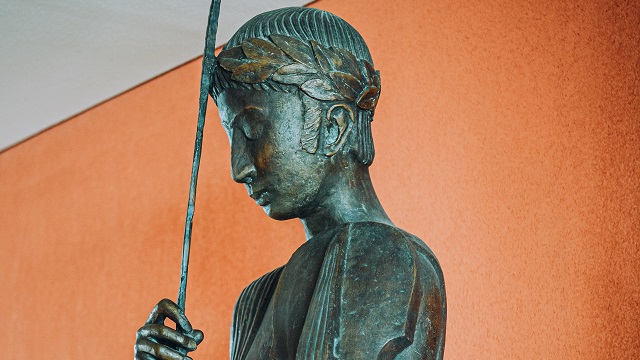
Art Stock (Paintings & Sculptures)
JLU Giessen houses a large inventory of art objects. These include, in particular, numerous paintings and sculptures. Some of them are freely accessible and can be viewed in the university buildings and on the grounds.
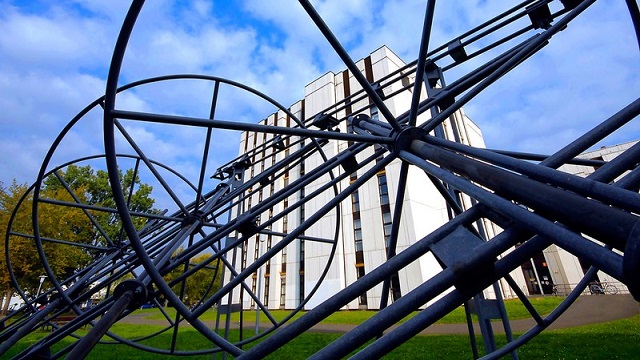
Art Trail
The Giessen Art Trail comprises a total of 15 works of art set up along a stretch of just over one kilometer in the area of the cafeteria, university library, Phil I, and Phil II. Since summer semester 2021, the art trail can also be explored with an interactive story map.
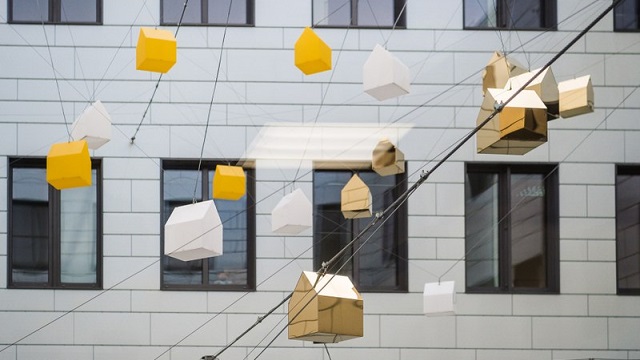
Artwork on Buildings
In the case of larger public buildings, it is customary to also integrate works of art. These should make an independent contribution to the building project and relate to the architecture or the function of the building. The artists are usually selected in competitions.

Cuneiform Tablets of the University Library
The cuneiform texts of the university library were created around 1800 B.C. They originate from the Assyrian trading colony of Kaneš, today's Kültepe, in Anatolia. The cuneiform tablets are legal and economic documents, as well as business letters. They have been at the university library since 1950.
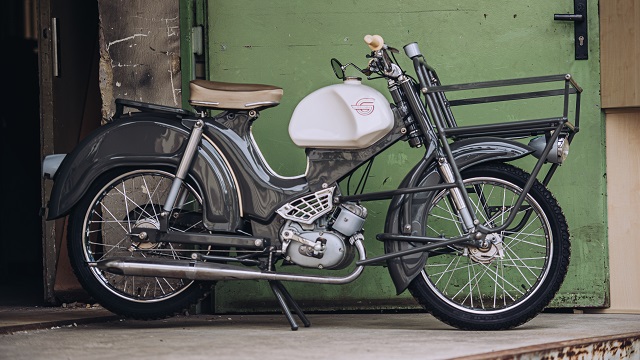
Equipment Warehouse
More of a conglomerate than a collection, it houses decommissioned equipment dating back to the German economic miracle era. This includes electrical and technical equipment such as microscopes, episcopes, film players, and various photographic equipment from different decades.
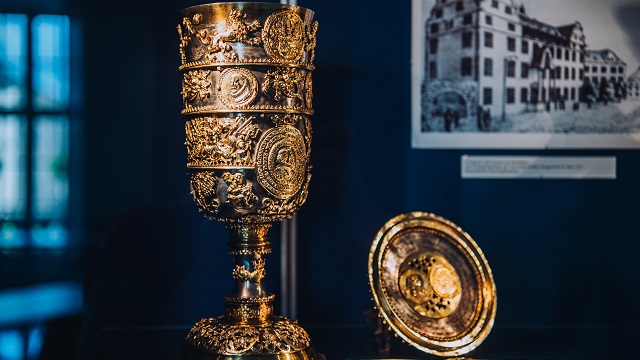
Insignia and Chalices
JLU owns a number of precious objects such as the scepters, chalices, and chains of office. Some of them date back even to the 17th century such as the medal chalice and the humped chalice. One of the scepters is even older than Giessen University.
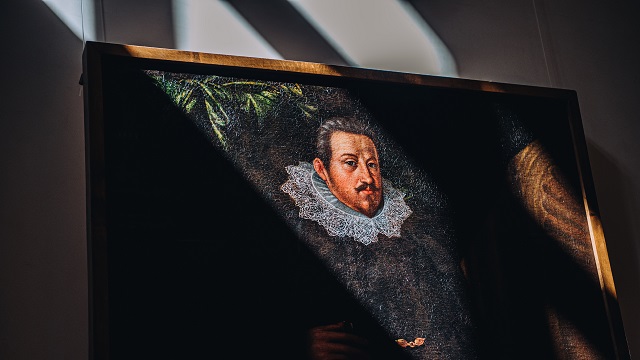
Landgrave Portraits
Since 2015, four restored large-scale paintings have been on display in the university's main building—two next to the Senate Hall, and two more in the hallway leading to the president's office. In total, the university has eleven of these paintings, two of which have been hanging in the auditorium for many years.

Ostraca in the University Library
Notes of antiquity: The Giessen ostraca collection (Ostraca Gissensia or O. Giss.) was established at the beginning of the 20th century. The collection comprises slightly more than 550 pieces. All ostraca originate from Egypt and cover the period from the 3rd century B.C. to late antiquity.

Papyrus Collections
The Giessen papyrus collections comprise more than 2,300 papyri. The pieces date from the 4th century B.C. to the 8th century A.D. The writings are very diverse and range from Greek, Latin, Coptic, and Arabic texts to hieratic, Demotic, and Egyptian hieroglyphics.
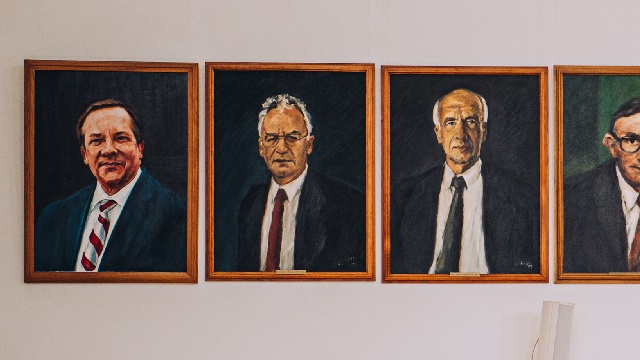
Presidents' Portraits
A total of 21 portraits of the rectors and presidents of JLU since 1945 are hung in chronological order of their terms of office in the university auditorium. They can be viewed during events in the auditorium or by arrangement with the janitors.
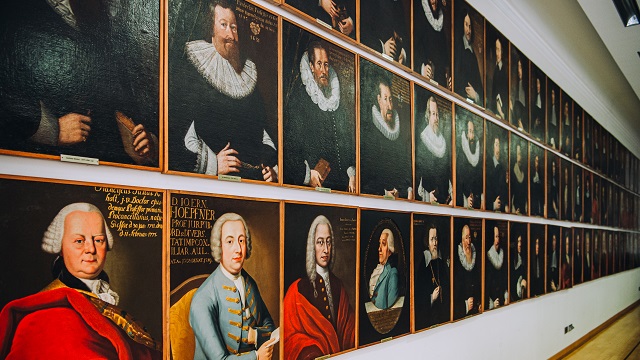
Professors' Gallery
The Giessen professors' gallery in the Senate Hall of the main building shows a total of 104 oil paintings with portraits of professors from all four faculties common at early modern universities: theology, law, medicine, and philosophy. The paintings were made in the 17th and 18th centuries.
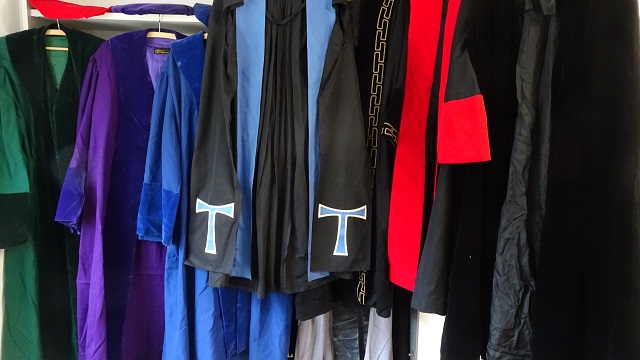
Robes
The JLU robes were made in 1952 and were in use until 1968. Each faculty is assigned its own color. The rector's robe dates back to the 1920s. The white rector's gloves complete the outfit.
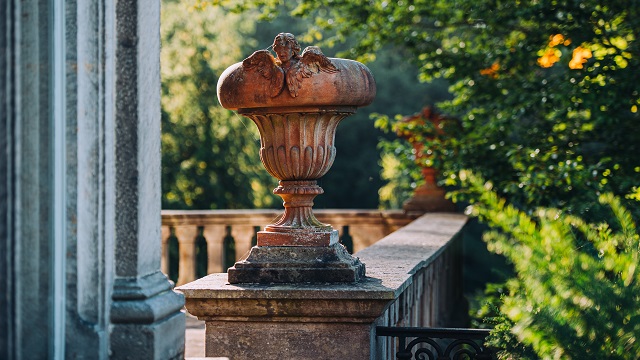
Sculpture Collection at Rauischholzhausen Castle
Rauischholzhausen Castle and its park contain several marble sculptures and other stone works of art, which are also part of this JLU collection. They go back to the collection of Baron Ferdinand Eduard von Stumm, who had the castle built in the 1870s.

Special Collections of the University Library
The university library has collections spanning several centuries. Among them are ancient papyri, medieval and modern manuscripts, prints from the 15th century onwards, bequests, and school programs.
